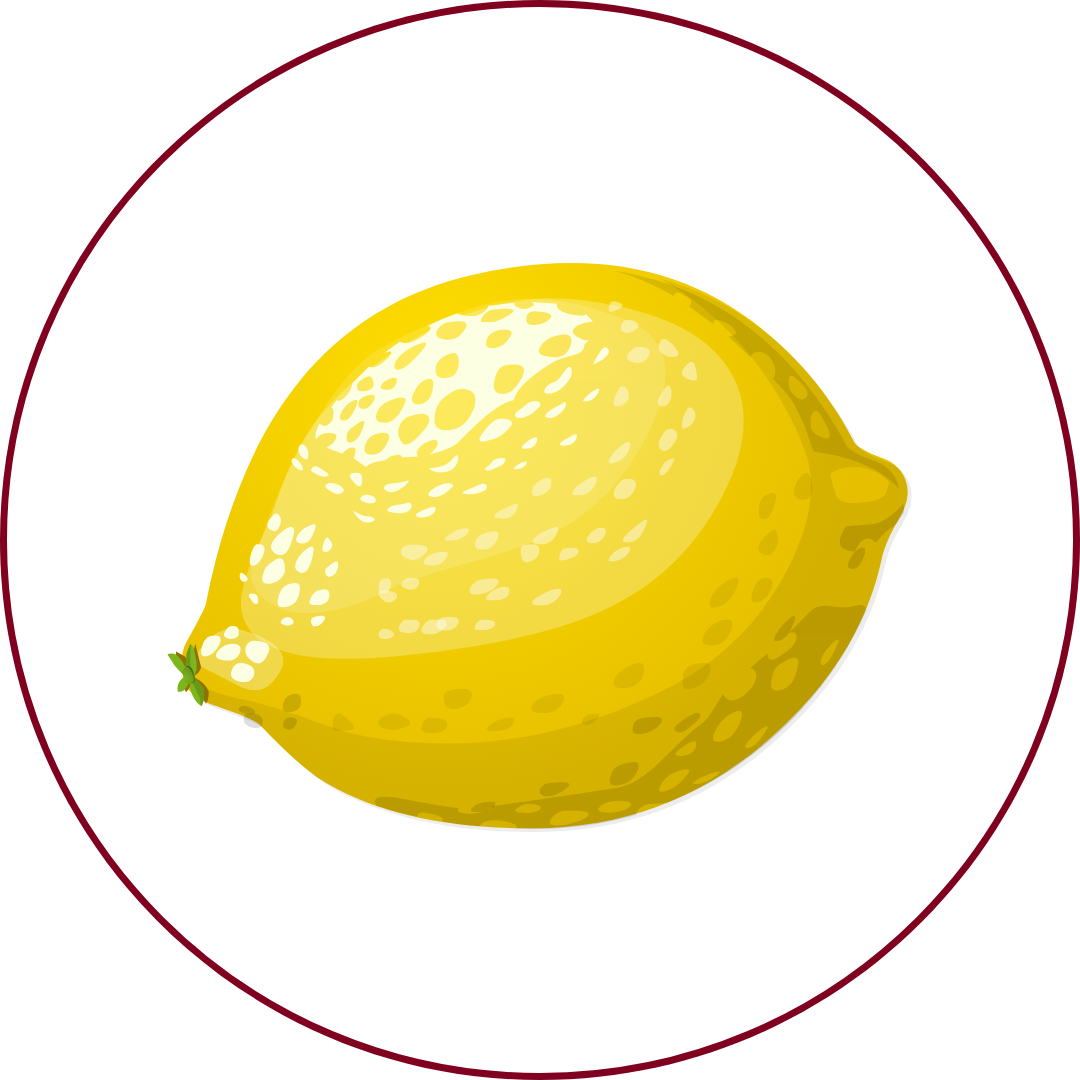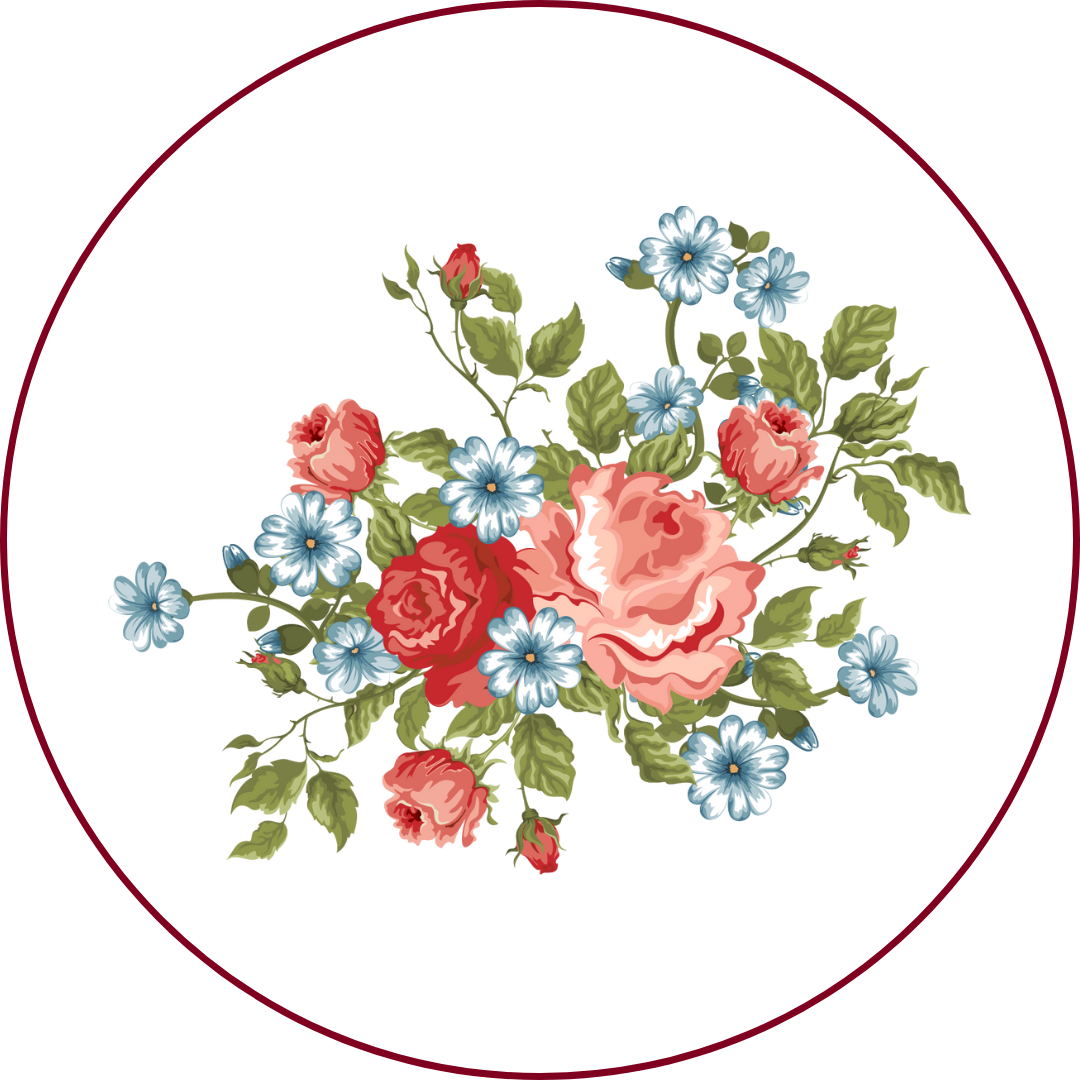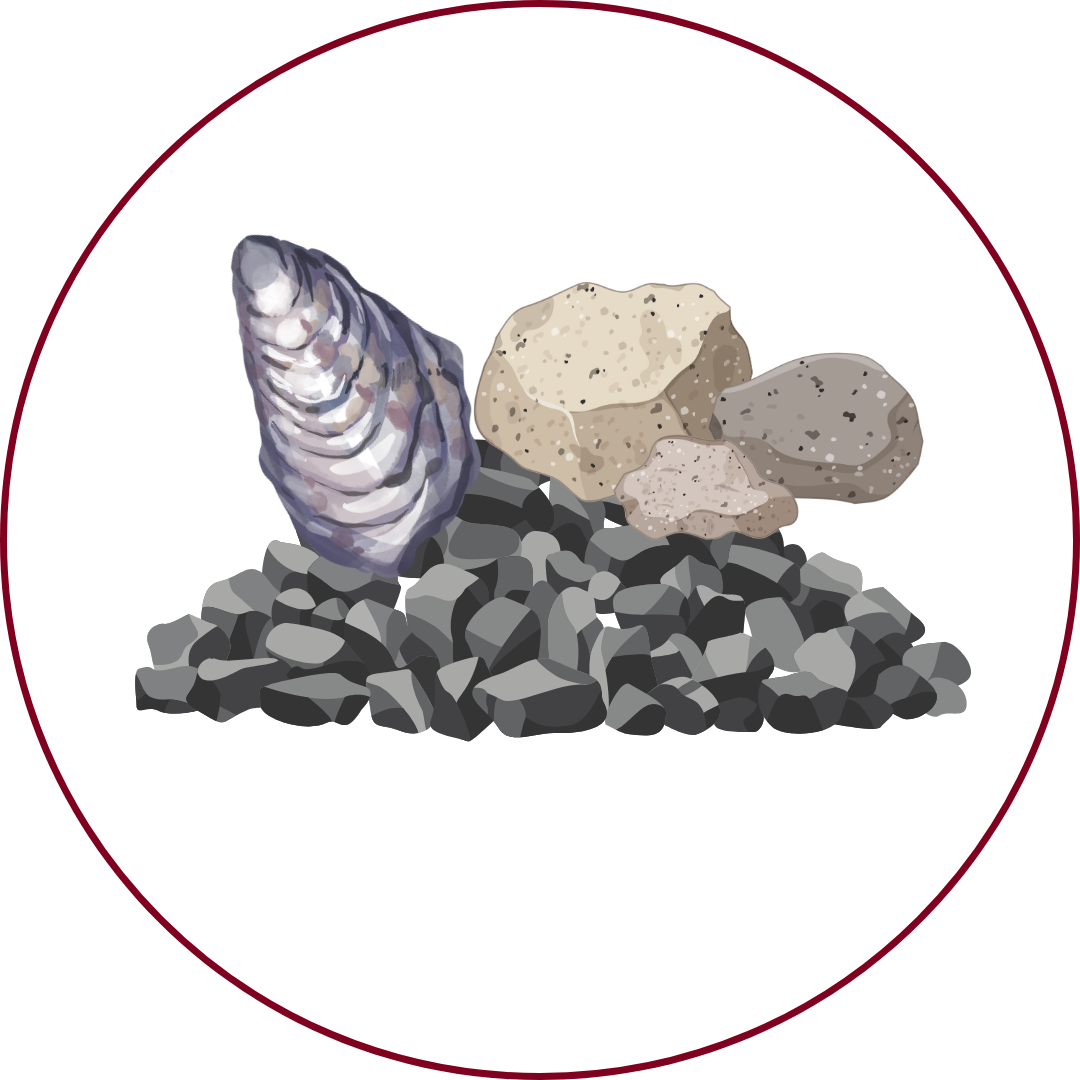Grape Variety
Ugni-Blanc
"oo-nee blahnk (treh-bee-AH-noh)"
Wine Styles
 Sparkling
Sparkling Light White
Light White Full White
Full White Aromatic
Aromatic Rosé
Rosé Light Red
Light Red Medium Red
Medium Red Full Red
Full Red Dessert
DessertAbout Ugni-Blanc
Origin
Italy
History
Trebbiano, known as Ugni Blanc in France, is one of the most widely planted grape varieties globally. Its origins trace back to Italy, with historical references dating to Roman times. The grape spread to France, possibly during the Papal retreat to Avignon in the 14th century. In France, it became integral to brandy production, especially in Cognac and Armagnac. Its high acidity and adaptability have contributed to its widespread cultivation in various wine regions.
Appearance
Medium-sized, thin-skinned, yellow-green berries forming large, loosely packed clusters.
Growing Traits
Ugni Blanc is a vigorous and high-yielding variety that adapts well to various climates and soils. It is a late-budding and late-ripening grape, which makes it less susceptible to spring frosts but requires a long growing season to reach full maturity. The grape's high acidity and neutral flavor profile make it versatile for both winemaking and distillation.
Wine Characteristics
Body
1/5
Sweetness
1/5
Tannin
0/5
Acidity
5/5
Alcohol
2/5
Light-bodied with a crisp and clean profile, offering subtle flavors. Typically vinified dry, though it is also used in the production of sweet fortified wines and balsamic vinegar. Negligible tannin levels, as it is a white grape variety. High acidity, providing freshness and making it suitable for distillation into brandy. Moderate alcohol content, generally ranging from 11% to 12.5%, depending on the winemaking style and region.
Taste Profile

Green apple

Lemon

Almond

Floral

Mineral
Ugni Blanc wines are characterized by their crisp and refreshing profile. Common tasting notes include green apple and lemon, complemented by subtle almond and floral nuances. The high acidity imparts a zesty freshness, while a distinct minerality adds complexity. These wines are typically light-bodied and are best enjoyed young to appreciate their vibrant character.
Food Pairing
Ugni Blanc's high acidity and light body make it an excellent companion for a variety of dishes. It pairs well with seafood, light salads, and grilled vegetables. The wine's crispness complements dishes with citrus-based sauces and can balance the richness of creamy pasta dishes. Additionally, it pairs nicely with fresh cheeses like mozzarella and ricotta.
Growing Regions

Italy
TuscanyUmbriaLazioAbruzzo

France
CognacArmagnacProvenceLanguedoc

Australia
New South WalesSouth Australia

Argentina
Mendoza

United States
California
Notable Wines & Producers
Orvieto Classico
Antinori
Barberani
Trebbiano d'Abruzzo
Emidio Pepe
Valentini
Cognac
Hennessy
Rémy Martin
Ugni-Blanc FAQ
Common questions about this grape variety
What is the origin of Ugni-Blanc?
+
Italy
Is Ugni-Blanc wine full bodied?
+
Ugni-Blanc has a body level of 1 out of 5. Which means that Ugni-Blanc is Light bodied.
Is Ugni-Blanc wine dry or sweet?
+
Ugni-Blanc has a dryness level of 1 out of 5. Which means that Ugni-Blanc is Dry.
Where is Ugni-Blanc wine from?
+
Italy
Where is Ugni-Blanc grown?
+
Ugni-Blanc is grown in Italy (Tuscany, Umbria, Lazio, Abruzzo)France (Cognac, Armagnac, Provence, Languedoc)Australia (New South Wales, South Australia)Argentina (Mendoza)United States (California).
What is Ugni-Blanc like?
+
Ugni Blanc wines are characterized by their crisp and refreshing profile. Common tasting notes include green apple and lemon, complemented by subtle almond and floral nuances. The high acidity imparts a zesty freshness, while a distinct minerality adds complexity. These wines are typically light-bodied and are best enjoyed young to appreciate their vibrant character.
What does Ugni-Blanc pair with?
+
Ugni Blanc's high acidity and light body make it an excellent companion for a variety of dishes. It pairs well with seafood, light salads, and grilled vegetables. The wine's crispness complements dishes with citrus-based sauces and can balance the richness of creamy pasta dishes. Additionally, it pairs nicely with fresh cheeses like mozzarella and ricotta.
What does Ugni-Blanc taste like?
+
Ugni Blanc wines are characterized by their crisp and refreshing profile. Common tasting notes include green apple and lemon, complemented by subtle almond and floral nuances. The high acidity imparts a zesty freshness, while a distinct minerality adds complexity. These wines are typically light-bodied and are best enjoyed young to appreciate their vibrant character.
Take Ugni-Blanc Knowledge with You
Access detailed grape profiles, tasting notes, and pairing suggestions on your iPhone.
Download on theApp Store